- info@artemis-project.eu

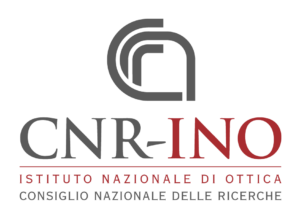
Coordinator – IT
The National Institute of Optics of the National Research Council (CNR-INO) conducts advanced research in optics, optoelectronics, quantum optics, and information processing. Since 1990, its Heritage Science Group (HSG) has focused on developing optical techniques and instruments for non-invasive analysis of cultural heritage. HSG collaborates with institutions of Italy’s Ministry of Cultural Heritage, international research centres, conservation institutes, and museums to advance heritage preservation.
Visit CNR-INO website

Beneficiary – BE
The ARIADNE Research Infrastructure AISBL (ARIADNE RI) was founded on 28th November 2022. It is a not-for-the-profit association, established according to Belgian law, but capable of operating at an international level. Its primary aim is to continue the work of ARIADNEplus (2018-22) and the previous ARIADNE Integrating Activity (2012-16). By the end of 2022 these projects had established a Linked Open Data triple store, also searchable via an Open Access data catalogue (the ARIADNE portal), and providing access to over 3.5m rich data resources. These encompass the archaeology and heritage of 4 continents and over 40 countries, and range from the archaeology of the earliest hominids to the present day.
Visit ARIADNE RI website
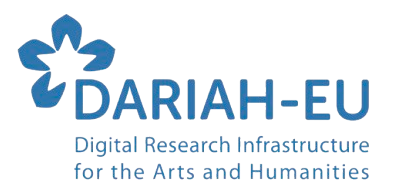
Beneficiary – FR
The Digital Research Infrastructure for the Arts and Humanities (DARIAH) aims to enhance and support digitally-enabled research and teaching across the arts and humanities. DARIAH is a network of people, expertise, information, knowledge, content, methods, tools and technologies from its member countries. It develops, maintains and operates an infrastructure in support of ICT-based research practices and sustains researchers in using them to build, analyse and interpret digital resources.
Visit DARIAH-EU website
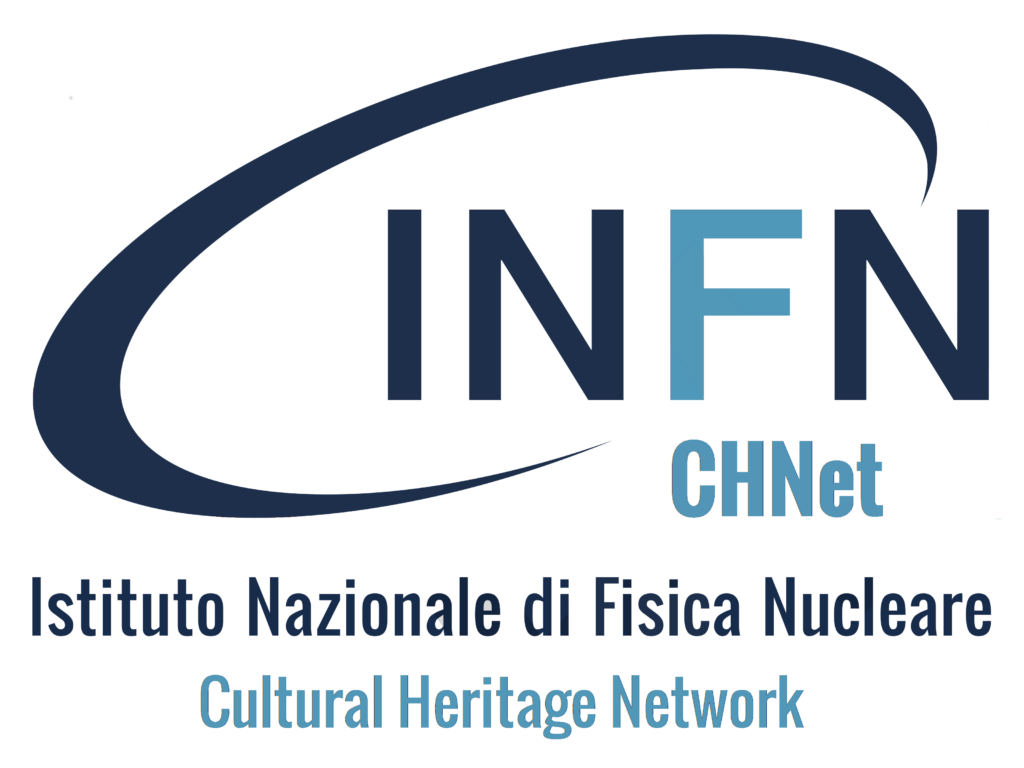
Beneficiary – IT
INFN is the Italian national research institute on the study of the fundamental constituents of matter and the laws that govern them. The highly advanced measurement technologies developed as the result of experiments in physics are applied to the analysis of heritage artefacts. By the dedicated competence network INFN-CHNet—Cultural Heritage Network. INFN-CHNet consists of 20 units located at INFN facilities throughout Italy, providing a wide range of cutting-edge technologies and competencies to address the needs and requirements of archaeological, artistic, historical and conservative issues.
Visit INFN website

Beneficiary- BE
The Royal Institute for Cultural Heritage (KIK-IRPA) is a Belgian federal scientific institution. With a multifaceted range of expertise and advanced technology, the staff members work together to understand heritage in all its aspects and to keep in optimal condition through preventive conservation and conservation-restoration treatments. In addition, the Institute provides for broad knowledge sharing about art and heritage and the technology of research and conservation-restoration.
Visit KIK-IRPA website

Beneficiary – UK
The Archaeology Data Service (ADS) is the UK’s leading digital repository for archaeology and heritage data. Since 1996, our core activity is the long-term digital preservation of data entrusted to us, available as Open Access resources. As global leaders in digital archaeology, we provide technical advice for research projects like ARIADNE. Our new initiative, the Heritage Science Data Service, extends this expertise to support innovation in heritage science and conservation research.
Visit ADS website

Beneficiary – IT
PIN is a research agency, a consortium created by the University of Florence with other public bodies and industrial associations to support the implementation of advanced research projects. Research activity is organized in laboratories, the one in charge of Cultural Heritage applications being VAST-LAB. It aims to support scientific research centered on knowledge, valorization and preservation of Cultural Heritage, and to improve understanding of its value by encouraging dissemination to the general public. VAST-LAB’s research focuses mainly on the creation and dissemination of international standards for dataset digitisation and accessible database design, as well as on the development of technological platforms that guarantee interoperability between different archives and the stakeholders involved in their management.
Visit Fondazione PIN website
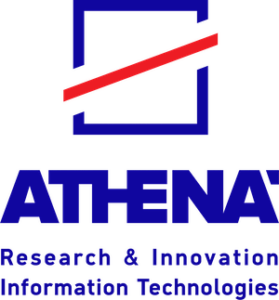
Beneficiary – EL
Athena Research Center is Greece’s only research institution exclusively dedicated to information technology. Its mission is to conduct cutting-edge research in Informatics and Computational Sciences, addressing global challenges and local needs to drive societal impact. Athena RC explores a wide range of research areas, fuelled by interdisciplinary collaboration, industrial applications, and societal demands. It contributes to ARTEMIS through the department of Culture and Creative Industries of the Institute for Language and Speech Processing and the Digital Curation Unit (DCU), a division of the Information Management Systems Institute.
Visit ATHENA RESEARCH CENTER website

Beneficiary – SI
The Research Centre of the Slovenian Academy of Sciences and Arts (ZRC SAZU) is Slovenia’s premier research institution, renowned for its multidisciplinary expertise in the humanities, social sciences, and select natural sciences. With over 400 researchers across 18 institutes, ZRC SAZU excels in both foundational and applied research, fostering innovative approaches to cultural heritage studies and digital technologies.
Visit ZRC SAZU website

Beneficiary – PT
The National Laboratory for Civil Engineering (LNEC), founded in 1946, is a public research institute devoted to science and technology that carries out activity in multiple fields of Civil Engineering and related areas. LNEC’s activity includes public works, infrastructures, housing and urban planning, hydraulics and water resources, transportation, environment, construction materials and other products. Its main goals are safety and quality of works, protection and rehabilitation of natural and built heritage, technological innovation in the building, water and environment sectors. Activities related to regulation, standardization and quality of construction are equally relevant.
Visit LNEC website
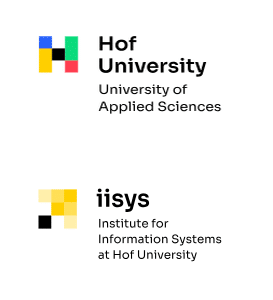
Beneficiary – DE
The Institute for Information Systems (iisys) is the central research institution for information technology at Hof University. It is funded by the Bavarian government, the Oberfrankenstiftung (foundation in Upper Franconia) and the European Union. The institute’s research activities are focused on integrated information systems for business processes. Three integration dimensions are examined:
– Vertical integration as the process of linking information systems from the strategic to the operational level.
– Horizontal integration as the process of linking information systems on the same level within one company or among different companies.
– Data integration develops a uniform method for the administration of different types of data such as unstructured texts as well as structured relational and spatial data.
Visit Hof University website
Visit iisys website
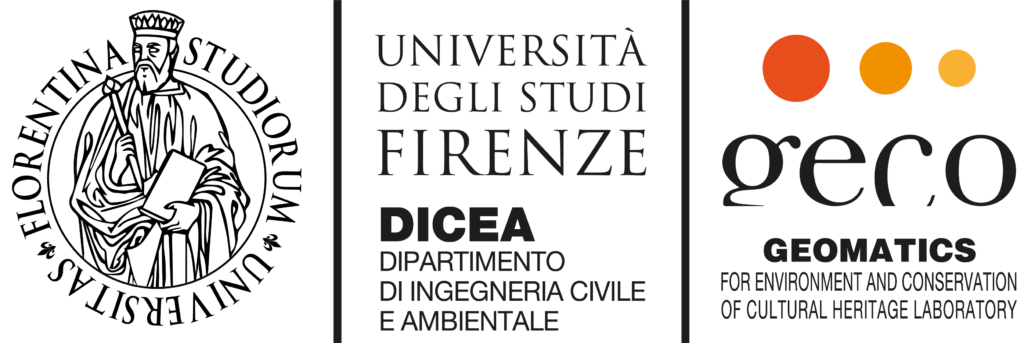
Beneficiary – IT
The GeCO Laboratory develops geospatial multi-sensor and multi-spectral methods through field testing of concepts, tools, and instruments. High-resolution digital reality is created using integrated technologies such as GNSS, topography, laser scanning, and photogrammetry. Data processing generates 3D models for 2D outputs, thematic maps, structural analysis, and risk evaluation. VR/AR and rapid prototyping are used for visualization and education. Data can be integrated into GIS and managed through BIM and Heritage Digital Twin (HDT) applications.
Visit GeCO website
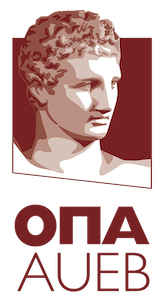
Beneficiary – EL
The Research Center (AUEB-RC) of the Athens University of Economics and Business has participated in a numerous research and development projects and studies, most of which have been financed by the European Union. The Computer Graphics Group of the Athens University of Economics and Business is the leading research team in Greece in image synthesis, real-time rendering and geometry analysis, with a constant presence in high-profile venues and many publications in the field of computer graphics.
Visit AUEB-RC website
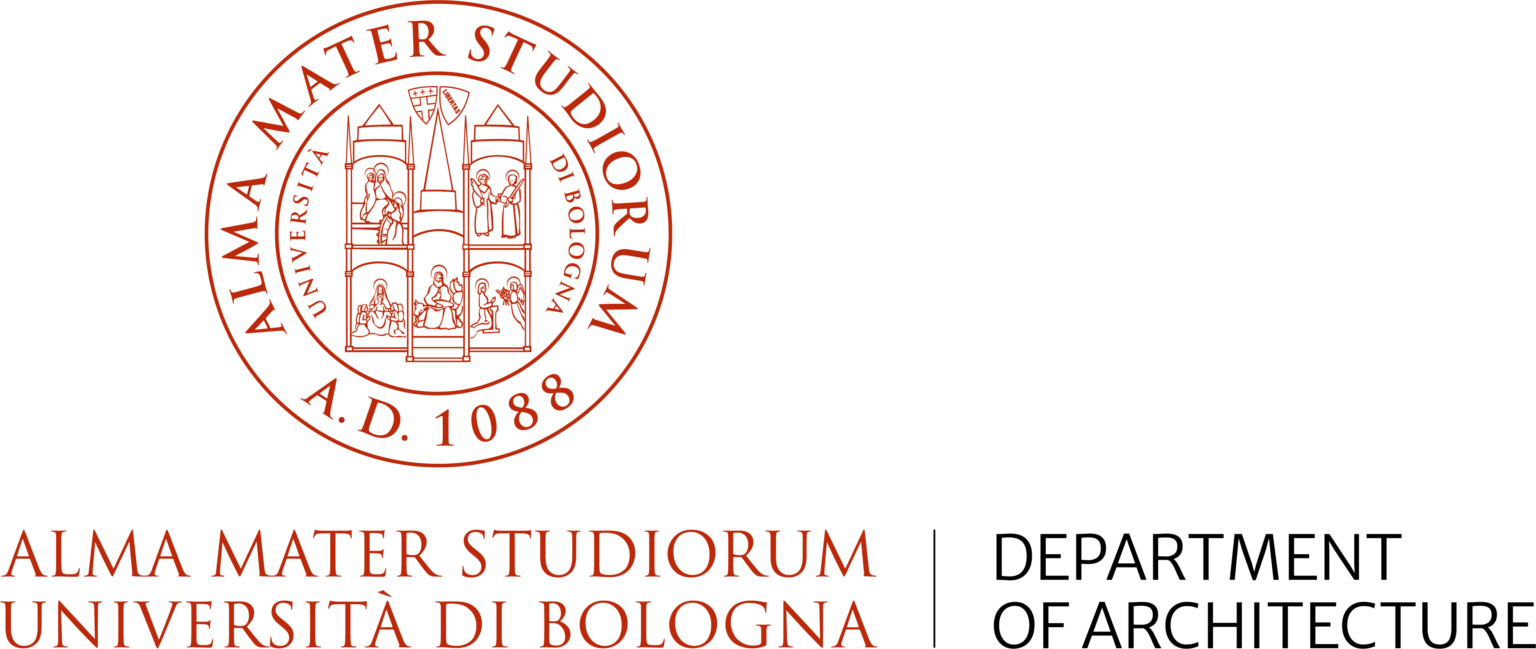
Beneficiary – IT
The University of Bologna (UNIBO), founded in 1088, is the world’s oldest university and a leader in education, research, and innovation. It offers diverse programs, fosters cutting-edge research, and promotes the third mission by engaging with society through knowledge transfer, sustainability, and cultural initiatives. With campuses in Bologna, Forlì, Cesena, Rimini, and Ravenna, UNIBO combines its historical heritage with a commitment to innovation and international collaboration.
Visit UNIBO website

Beneficiary – IT
Startup in Lecce(Italy), involved in R&D projects and consulting in IoT, AI and Digital Twin areas especially in Agritech and Cultural Heritage sectors.Thanks to a multidisciplinary team, it has developed complex AI-driven IoT systems and Digital Twins, implementing both custom hardware, software, algorithms and applications (mobile and web).It’s a spinoff of CETMA -European Research Center of Technology Design and Materials-and has collaboration with University of Salento and University of Bari.
Visit SmartEducationLab website
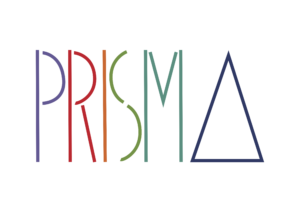
Beneficiary – IT
PRISMA was established in February 2014 to promote communication, research and the enhancement of culture as a usable and accessible asset. Composed of a group of researchers who have collaborated on numerous European projects in the field of Cultural Heritage and new technologies, PRISMA uses the experience of its team to design and create quality products. Our services are aimed both at institutions and museums that need to bring new audiences together, and at individuals and companies who wish to communicate themselves and their products in an innovative way. In 2022 the Cultural Association was joined by PRISMA CULTURA Srl – Società Benefit in order to offer integration and development services.
Visit PRISMA CULTURA Srl – Società Benefit website
Beneficiary – UA
Pixelated Realities, founded in 2016 in Odesa, Ukraine, is a non-profit organization dedicated to the digital preservation of cultural heritage using advanced technologies such as 3D scanning, photogrammetry, and digital production. Our work focuses on capturing the essence of real-world objects and transforming them into precise digital representations that can be used across various creative and technological domains, including art and sculpture, cinema and gaming, immersive experiences and interactive applications. Visit Pixelated Realities website
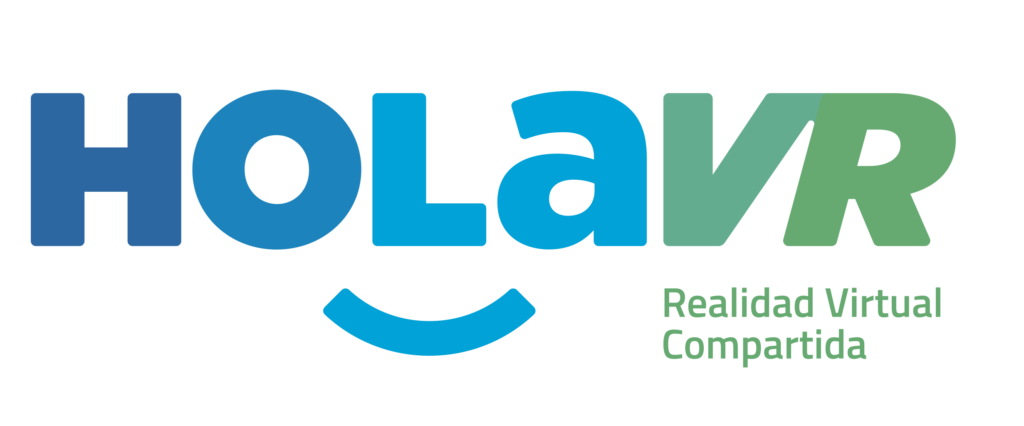
Beneficiary – ES
Founded in January 2016 and operational since 2017, HolaVR stands out for its innovation in Virtual Reality. Specialized in 360º videos and Shared Virtual Reality technology, it enables group experiences in virtual environments with real interaction. It has developed seven national and seven internal research projects. A leader in 3D-360º reconstruction of archaeological heritage, it is now expanding its research to performing arts and video games, with VR viewers and exclusive immersive capsules.
Visit Holavr website

Beneficiary – DE
NUMENA is an award-winning German studio for spatial design and interaction. We specialize in spatial simulations and research work that uses immersive technologies like AR, VR, and AI to explore new human-computer interaction paradigms and unlock novel areas of human activity. We are the recipients of multiple grants for experimental work and for the development of innovating products including a virtual reality spatial editor.
Visit Numena website
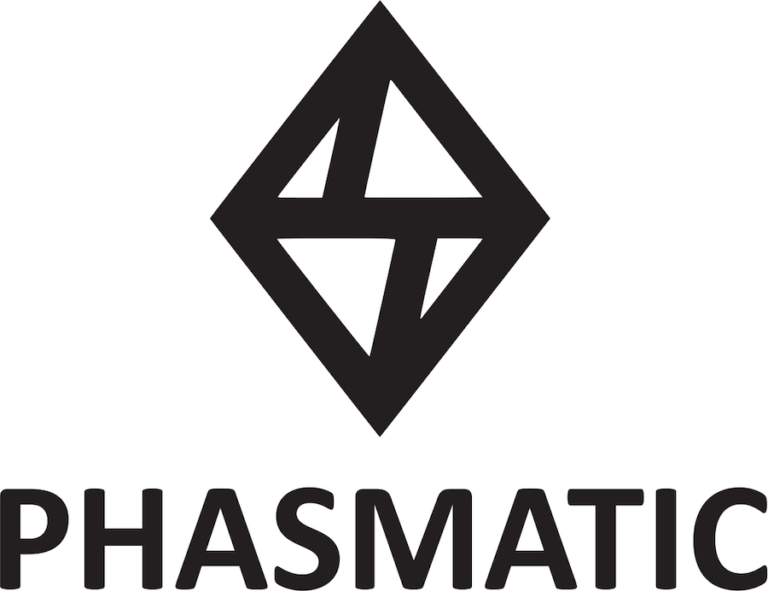
Beneficiary – EL
Phasmatic is an innovative research and technology company at the forefront of 3D and AI solutions, driving transformation across diverse sectors including eCommerce and Digital Heritage. Phasmatic offers a complete ecosystem for 3D data processing; from high-precision 3D reconstruction of physical products and advanced compression for web optimization, to interactive photorealistic XR visualization.
Visit phasmatic website
Beneficiary – IT
AEDEKA is a consultancy and services SME, committed to bringing innovation in the fields of culture, tourism and education. For over 20 years the multidisciplinary team of AEDEKA has been involved in supporting public bodies in the context of multidisciplinary European and National projects in various sectors (ICT, digital research infrastructures, cultural heritage, tourism, socio-economic sciences and humanities), with particular reference to networking, communication, innovation and event organisation.
Visit AEDEKA website
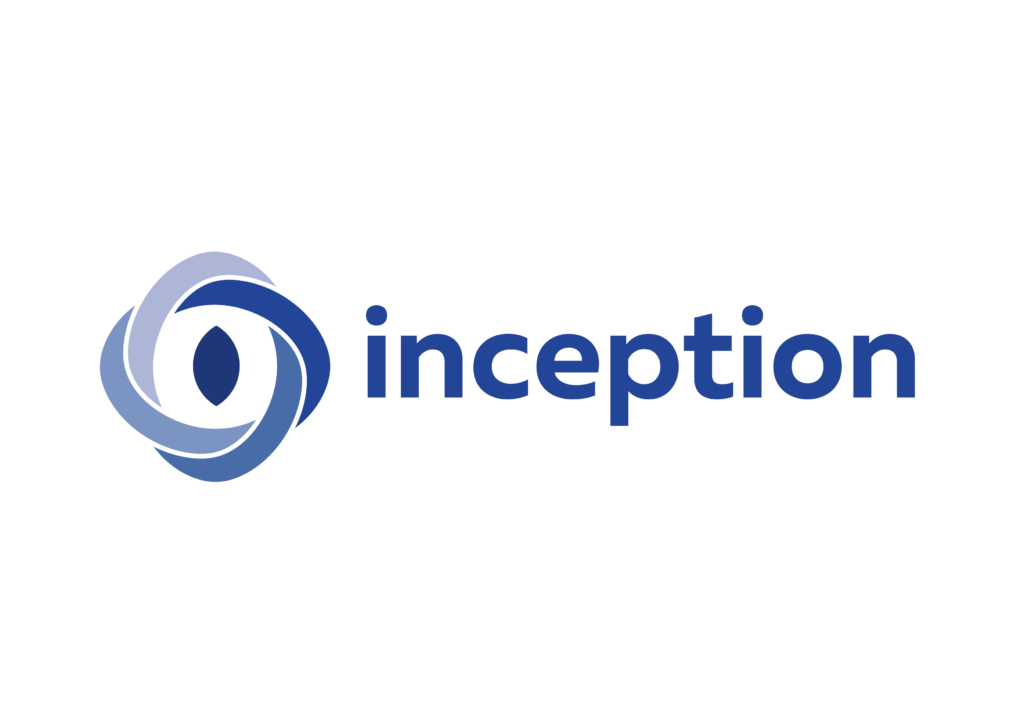
Beneficiary – IT
INCEPTION a spin-off of the University of Ferrara (Italy) specialized in digitizing cultural and built heritage using BIM-based technologies and semantic web platforms. INCEPTION software solutions for 3D BIM model management, visualisation and archiving, with technologies like the ICE (INCEPTION Core Engine) enhancing these processes. INCEPTION is also the project coordinator of the 3D-4CH and XRculture projects. They also bring rich experience from projects like 4CH, 5Dculture and DS4CH.
Visit Inception website

Associated Partner – IT
The Opificio delle Pietre Dure is an autonomous institute of the Italian Ministry of Culture, specializing in the conservation and restoration of artworks. It operates as a national center of excellence, combining restoration activities with technical-scientific and historical-artistic research. It offers advanced training through its School of Higher Education and hosts a museum dedicated to the art of hardstone craftsmanship, along with a specialized library, restoration archive, and scientific laboratories.
Visit Opificio delle Pietre Dure website

Associated Partner – IT
The Centro Conservazione e Restauro “La Venaria Reale” is an institution dedicated to the study, conservation, and restoration of cultural heritage. It features nine specialized laboratories for different material types, advanced scientific labs, and a Higher Education School that offers degree programs and professional training in collaboration with the University of Turin. The center also promotes documentation and enhancement of archival and bibliographic collections.
Visit Centro Conservazione e Restauro La Venaria Reale website
ARTEMIS is a project funded by the European Commission under Grant Agreement n.101188009 – ARTEMIS. The views and opinions expressed in this website are the sole responsibility of the author and do not necessarily reflect the views of the European Commission.
© 2025 Prisma-Cultura



